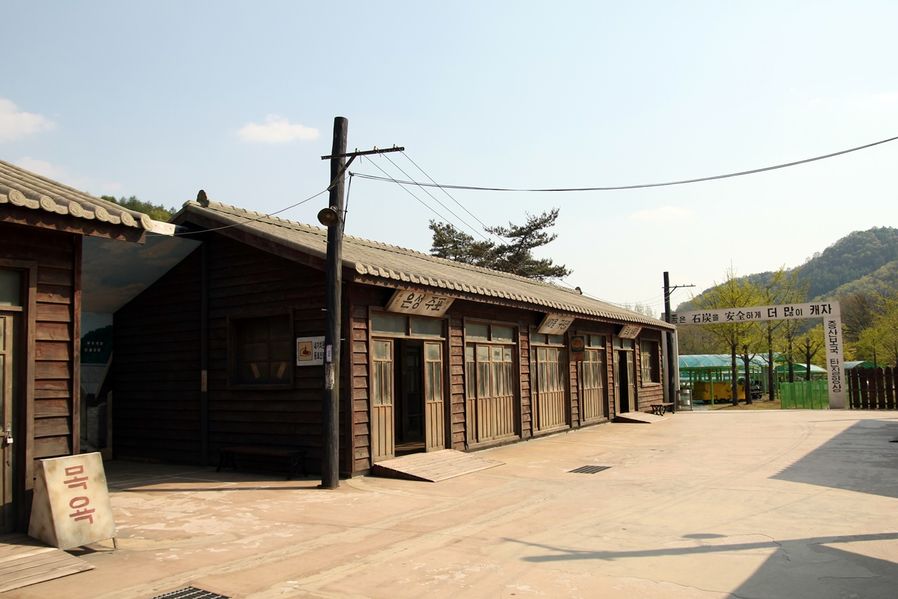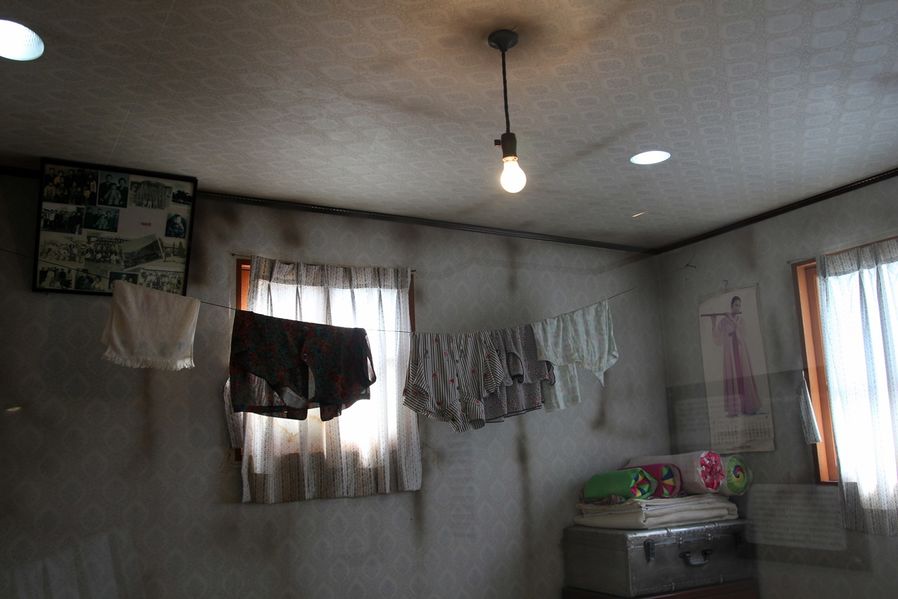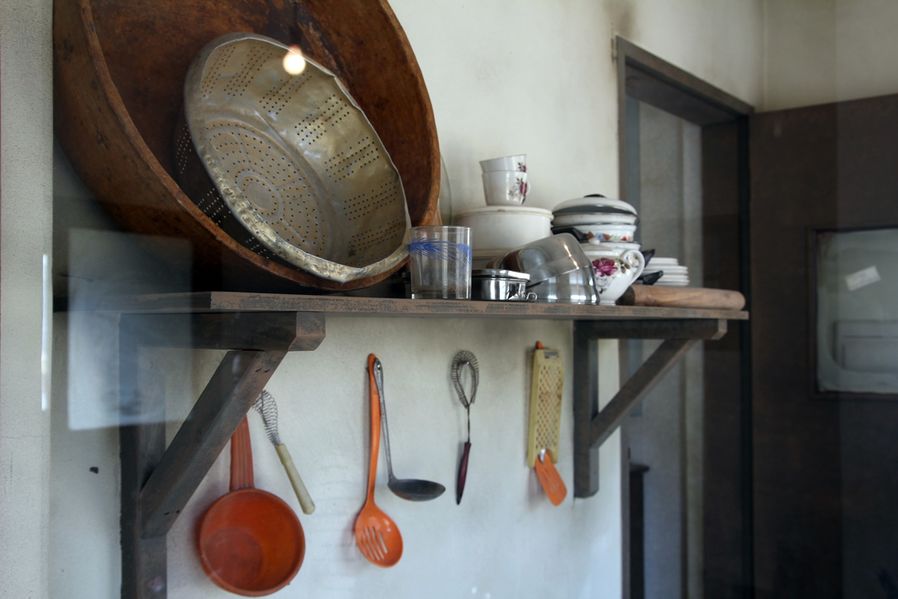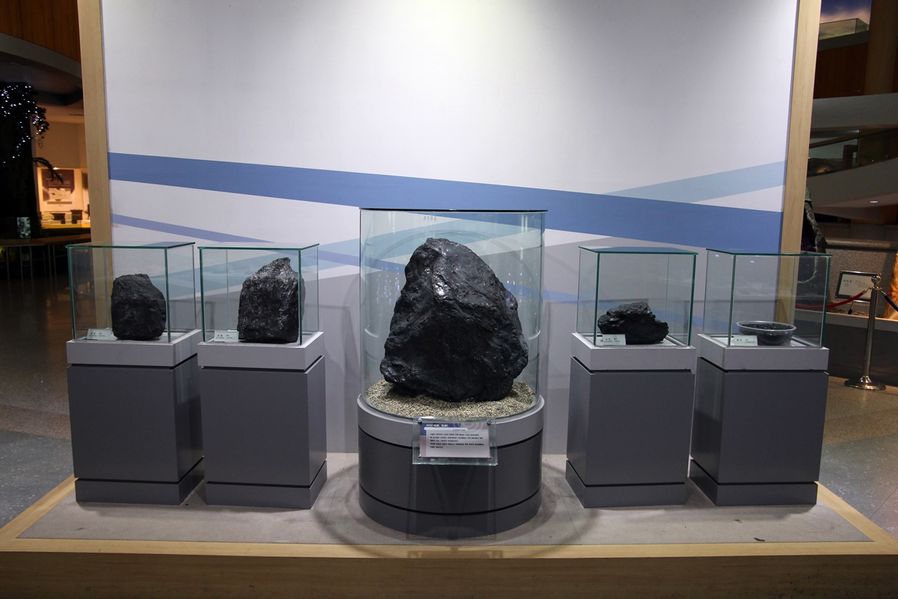-
Start
-
Mungyeongsaejae
-
Mungyeongsaejae Filming Site
-
Museum of Old Roads
-
Natural Recreation Forest
-
Trekking-1
-
Trekking-2
-
Gaeun filming site
-
Coal Museum
-
Guryangri Rail Bike
-
Finish
Extinguishing experience of Mungyeong history and nostalgia at Coal Museum 석탄박물관
Now we're going to Mungyeong Coal Museum in Gaeun-gup, Mungyeong. Mungyeong-si had the second coal field in Korea and started to develop 'Eunseong Anthracite Mine' since 1938 in Japanese colonial era.
Since then, they dug coals nearly 60 years but the demand started to decrease finally closed the mine in 1994.
Historically, the benefits the coal brought us as fuel were so big that it was like a blessing of God and here in the museum, you could see the whole process of digging coals and producing briquettes or oval briquettes as well as chaotic lives of coal miners and daily lives related to coal.
Okay, then let's get into the coal museum to see what's in there. I'm a grown-up but still curious.
Regarding the ticket, as I told you before when I introduced you Gaeun filming site, you could buy the ticket to both places with 2,000 won. They don't sell them separately, but in one package so keep that in mind.
However, if you are planning to go to Gaeun filming site by monorail, you could save 1,000 won by purchasing the ticket at monorail car ticket center right next to the monorail rather than the one in front of the coal museum.
They would give you 1,000 won discount for the ticket for two places if you use the monorail. So for those who want to go to Gaeun filming site by monorail, don't forget to buy the ticket at 'Monorail car ticket center'.
Okay, now we're in the coal museum. In the yard, old mining equipments are displayed.
The coal mine is narrow, and so is the track and train.
Kids would love it here if they come and see this. Plus, old people could tell them a story about old times so kids and old people both would be satisfied.
On the left of the entrance, they recreated the corporate housing where coal miners used to live altogether. I'll go inside here first.
This is where they reproduced corporate housing and shopping district owned by Eunseong mining office in the 1960s to 1970s.
They used dolls and objects to show how the miners used to live which was very fun and impressive, and it was so real to hear the voice of people aired on TV at the time.
This man must be drinking magolli with samgyupsal in an old bar after work.
When I was young, every cigarette store looked like this in town. I also remember smoking Cheongja and Baekja in my 20s. Of course I don't smoke anymore...
This must be a small store in town. I could see things I haven't seen in a long time. Lotte gum, and Haitai! If you look at it closely, there's jjonduigi and bravo-cone. Wow, this takes me to old times.
I could imagine everybody was living in small house with a small room and a kitchen in it close to coal mine.
When I was young around 1970s, not going far from now, most of the people used to live in a house with a small room and 1-pyeong size kitchen.
I remember it because we called kids who lived in a house with two rooms or two storied house rich.
It breaks my heart to think of our mothers in old times when there was no tv, washing machine or electric rice cooker.
I wish that everyone including children who came here would realize, by the time they leave here, that we could live comfortably all because of what our parents had to do for us to live with benefits we have today.
I remember this 'registration of television receiver' paper. When there was a TV at home, we had to register it and pay 1,000 won for TV watching fees.
These days, it is included in electricity payment but at that time, there was someone coming over to get money just like someone coming over to get newspaper subscription fee.
Poor people who couldn't afford it used to make a fuss to hide the television whenever they came for TV fees. I can say that 1,000 won was a lot compared to how much they used to make in the 70s, three to forty thousand won.
It's time to get inside Mungyeong Coal Museum. There's an impressive sculpture standing at the entrance.
In the displaying room on the second floor, we could see that the origin of coals, minerals and fossils were displayed that help us understand coals generally.
Do you see that glittering on the top? That's an ore that the gold and silver is mixed.
I found out there were different kinds of coals, not just one kind. I was a little amazed and it was interesting.
There are actual fossils displayed as well as funny stories about them.
I found this enormously big amethyst and noticed that there are so many kinds of rough stones to make jewels.
I guess when they find rough stones as big as this one they would display it at the museum so that many people could see it.
These are briquette stoves, briquette braziers and briquettes used inside of them in old times.
I could see mine-hold briquettes, 22-hole briquettes mainly used in houses in the 70s to 80s, and oval briquettes of round shape that was used in stoves in company or school.
They show how to take coals using equipments from old times. Okay then, let's get inside actual coal mine.
Tada! This is actual Eunseong mine behind the museum building. 'Gaeng' is abbreviated word for Gaengdo(坑道) which means a tunnel dug underground to dig up coals.
At this very spot, they used to dig coals until 1994. The depth of the mine is about 800 m and total tools length that were used to dig coals is about 400 km. Shall we go inside to take a look?
The outside weather was hot but it was cool inside. I guess it used to be cool in summer and warm in winter.
There are wax dolls displayed where they used to dig coals around the mine which made us watch how they lived in mine.
You can see there's a big hole underground.
It's kinda scary but to think of miners who had to go in there everyday, it must've been a real trouble and hard work everyday. I feel the cool breeze coming out of the hole. Creepy!
People could use warm briquettes all because the miners who were struggling, risking their lives in harmful gas under the danger of collapse and trying to live with passion even when they had to eat lunch box in dark, don't you think so?
This place made me feel thankful to miners and think of briquette that I hadn't put much thought into since it was easy to get and use. The museum has so many contents to enjoy so I suggest you to visit the Mungyeong Coal Museum if you are in Mungyeong.
Address : 432-5, Wangneung-ri, Gaeun-eup, Mungyeong-si, Gyeongsangbuk-do (경상북도 문경시 가은읍 왕능리 432-5)
Telephone : 054-550-6424 / 571-2475



































